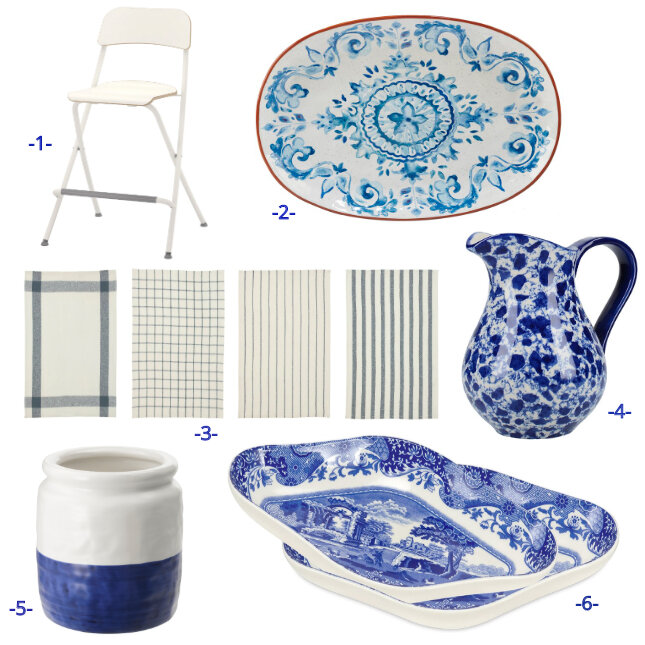How to care for orchids
If you’ve been following me for a while, you might know that I ADORE orchids. I had quite an extensive “collection” of them in San Diego before I made the sacrifice of giving them away. Now that we’re settled in Florida (at least for the foreseeable future), I’m slowly starting to collect them again, and I’m discovering so many new and rare species in the process.
Making them a great gift, orchids have become popular houseplants, and to no surprise, as they are gorgeous and elegant plants. Yet, to many people, orchids still seem intimidating when frankly, they are not more complicated than many other plants that you commonly find in people’s homes.
Yes, there are many species of orchids that can be categorized as “delicate”, and keeping them alive indoors can get tricky, but those types aren’t as “mainstream” for that reason alone.
The most common and popular orchids (and most affordable), the Phalaenopsis, (the moth orchid - in the photo above) is generally unpretentious and offers stunning blooms in a variety of colors. Their blooms can last for up to six months; for that reason (and also because they’re easy to care for), they are found in any stores that sell flowers/plants. If you’re new to orchids, I definitely recommend starting with this one, as they are adaptable to different indoor environments.
Now how you take care of your moth orchid you may ask? It’s pretty simple. First and foremost, keep it away from direct sun (it will burn its leaves), but do make sure it receives plenty of light. Also, keep it away from direct airflow aka vents, fans, breeze, etc. as it does not like that, and its blooms will die/fall quickly. As far as watering, do it a bit scarcely, depending on the medium it’s in - their roots can rot easily from overwatering.
Your orchid may be planted in moss, tree bark, special orchid soil mix, etc. Whatever its medium, water it slightly so that it doesn’t get soaked, but has enough moisture. Also, you can soak the pot in a tub/sink with water for an hour so it absorbs what it needs, and remove it from the tub after. Always ensure that the pot has proper drainage. However, if the leaves/pseudobulbs are shriveled, it’s a sign that the plant needs more water (do check the soil/moss to be sure); at that point, I would recommend the tub of water method. I also like to place ice cubes - about 4-5 small/medium ones in a medium-size pot/orchid around the pot walls and away from roots/stems/leaves as a method of watering that is slow-releasing. If you overwater it over and over, sadly, there isn’t much you can do about it to prevent it from dying; with orchids, you’re better off under watering than overwatering.
I mentioned above that you want to keep your orchid away from direct airflow as that will cause the flowers to drop prematurely. The same will happen if you get the flowers wet, aka you sprayed them with water either to “clean” the plant or provide humidity. If the orchid needs dusting, do that with a damp paper towel, rather than running it under a flow of water, unless you can safeguard the flowers.
As far as temperature and humidity, Phalaenopsis will adapt just fine to higher temps/humidity or even lower. However, it does need cooler temps for blooms to form, which generally occurs in late fall or winter. Also, once it’s done blooming, please don’t throw it away; cut the flower stem, and if you give it the conditions described above, it will bring you flowers for years to come. If the stem is not showing signs of yellowing/drying you can follow these steps to force it to bloom again from the same spike - it worked for me on many occasions, but be aware that doing this too often may exhaust or even kill the plant, since it needs “rest periods” between blooming.
When it comes to fertilizing, buy one that is specifically for your type of orchid, and follow the instructions (see more info here). While it is advisable, many of my orchids did great without being fertilized at all; it really depends on your plant and how “strong” it looks.
These are some basic steps for caring for your orchid, and while it may seem like a lot, it’s pretty simple. To summarize, give your orchid light, keep it away from air currents, give it enough water, and forget about it for most of the time.
Do you have any orchids in your home?
Until next time.
xoxo,
Em







